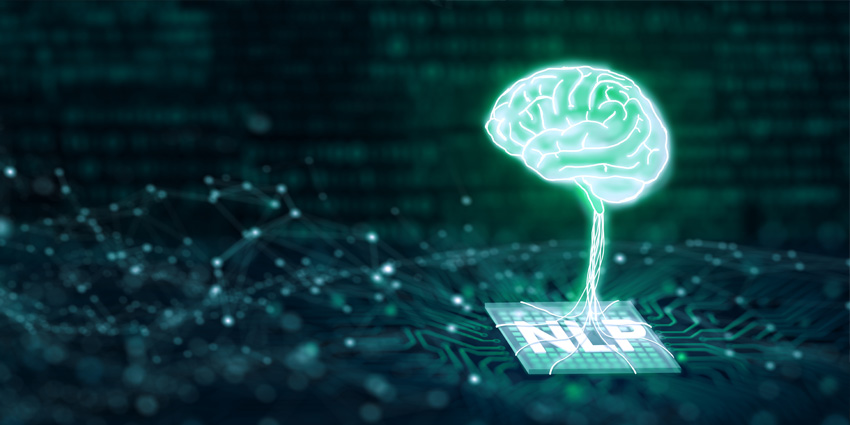Natural language processing, or NLP, is an artificial intelligence (AI)-based technique that makes machine learning useful for business applications.
According to a 2021 McKinsey survey, more than half of businesses use AI for at least one process, and several are in advanced stages of AI implementation.
NLP streamlines information exchange between human beings and machines so that AI algorithms can receive data in new ways. The technology also has implications for the Metaverse as it would allow digital humans inside virtual worlds to become more lifelike.
Natural language processing (NLP) is the cross-disciplinary study of linguistics, computer science, and artificial intelligence to build digital systems that can understand human inputs and respond accordingly.
Essentially, it allows machines that understand only binary languages (0s and 1s) to process human languages like English.
NLP has two core subsets, natural language understanding (NLU) and natural language generation (NLG). The former converts human languages into a machine-readable format for AI analysis. Once it is analyzed, NLG generates an appropriate response and sends it back to the human user in the same language.
NLP can apply to both text and speech. For text, it uses optical character recognition (OCR) to convert a text in English or any other language into data blocks that computers can understand.
It takes unstructured text like PDF forms or social media and converts it for machine processing. In the case of speech, it uses speech recognition techniques to break the audio down into linguistic structures called phonemes, or distinct units of sound, that are later matched with their text equivalents for machine processing.
Once the text or speech is converted, the NLP engine passes it to an AI algorithm, which may use this input to perform various tasks like solving queries using an FAQ database or generating a transcription.
Once the input data is analyzed, it is passed through an NLG layer that converts the algorithm’s response into a text or audio format for human users to understand.
NLP technology is embedded into applications and software systems to perform a wide variety of tasks. These include:
NLP in the metaverse (or in any other virtual environment) would provide VR users with an alternative method of providing inputs. It would also equip the VR environment with an alternative way to respond to user inputs.
Typically, navigation in VR takes place through handheld controllers, gestures, or eye-tracking. The user can press a few buttons, move the joystick, scroll up/scroll down, and others, using VR controllers to navigate immersive spaces like the metaverse. NLP adds voice-based controls to this experience.
For example, a doorway inside a VR game opens when the player speaks into their microphone. Since the Metaverse tries to replicate real-world experiences with an exceptional degree of realism, voice commands will play an essential role.
Similarly, digital elements inside the Metaverse can also “talk back” using NLP. A non-playing character (NPC) in a game or a digital human typically responds to VR users using speech bubbles.
NLP would take these interactions to a whole new level, making it possible to generate audio responses complete with linguistic nuances and voice modulation. It could even automatically translate the response to multiple languages to reach a wider audience.
This is why metaverse companies like Meta Platforms Inc. are launching NLP aids for developers. In November 2021, Meta launched a Voice SDK that allows VR developers to create virtual environments using voice commands and multilingual support.
One should keep in mind that NLP is still an evolving technology and its accuracy levels when processing inputs is less than 100 percent.
While it has great potential for the future, organizations must invest in developing NLP at an experimental stage, train NLP models on varied data, and ensure ethical use of the voice and text data captured.
